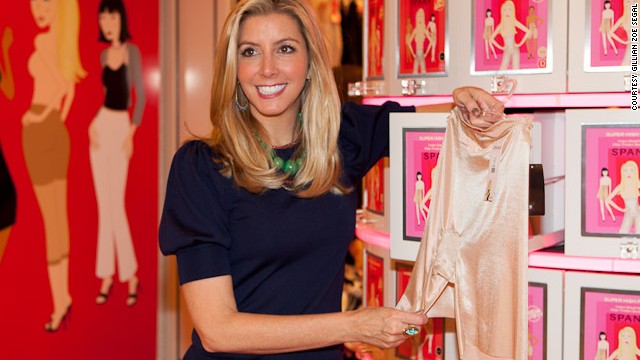 Sara Blakley is the creator of "body-shaping" underwear company Spanx. She turned a $5,000 start-up into into a multi-million dollar business -- becoming, according to Forbes, America's youngest self-made female billionaire in the process.
Sara Blakley is the creator of "body-shaping" underwear company Spanx. She turned a $5,000 start-up into into a multi-million dollar business -- becoming, according to Forbes, America's youngest self-made female billionaire in the process.Sara Blakely: Underwear entrepreneur
STORY HIGHLIGHTS
- Sara Blakely is the founder of Spanx, a hosiery company present in 50 countries
- Her business idea was sparked in 1998 from "the way her butt looked in white pants"
- Blakely was crowned America's youngest self-made female billionaire by Forbes magazine
- She attributes her success to extraordinary perseverance, salesmanship and risk-taking
(CNN) -- From a woman who sold fax machines door-to-door to being named a billionaire, Sara Blakely's career trajectory has been anything but usual.
No Ivy-League MBA in sight, Blakely has helmed Spanx, a company that produces slimming bodywear -- bras, panties and more -- to a presence in more than 50 countries and an
estimated value of over $1 billion, according to Forbes. With product names such as "Bra-lellulah" and headquarters complete with boudoir-like red walls, Blakely's empire is the opposite of corporate. Even the inspiration behind her privately-held company is like no other -- her own rear.
"I just did not like the way it looked in white pants," says Blakely. "That moment inspired Spanx. I had been doing some soul searching and visualization of my life to create a product that I could sell to millions of people."
Spanx revenues for 2011 were estimated at just under $250 million, according to independent research by Forbes Magazine. The magazine also cited that four Wall Street investment banks valued the company at $1 billion.
I just did not like the way (my rear) looked in white pants. That moment inspired Spanx
Sara Blakely
This year, Spanx expanded into standalone retail stores in the U.S., opening two in November and a third in this month. What started out as a pair of pantyhose with its feet cut out in 1998, has evolved into a diverse business that includes active wear, menswear and swimwear.
In person, Blakely, 41, is attractive, chatty and breaks out into a wide grin frequently. Shunning businesswoman power suits, she's often spotted in a pair of jeans and cotton T-shirt, wearing her hair in hair bands.
Professionally too, Spanx defies the odds.
Where over 50% of American small businesses fail in the first five years, according to figures from the U.S. Small Business Administration, Spanx, now 12, has weathered the economic crisis and Blakely is planning further international expansion. They will begin selling in Italy in early 2013, with plans to target Brazil, France, Eastern Europe, China, India and Russia.
• Spanx has 40 registered trademarks and has patented five designs so far
• Spanx for Men launched in October 2010 exclusive to British department store Selfridges and sold out three times in a row
• Singapore was the first Asian country to sell Spanx in 2009. Three years later, the hosiery company is present in seven Asian regions, from Australia to the Middle East
• Spanx are popular amongst celebrities, including Katie Perry, Kristen Stewart, Oprah and Julia Roberts
• Upcoming international targets include Brazil, France, Eastern Europe, China, India and Russia
Blakely credits her success to getting comfortable with failure and rejection early. After failing the LSAT law exam, her lifelong dream to be a lawyer was dashed. After a short stint as a ride greeter at Disney World she spent seven years selling fax machines.
She describes her days as a door-to-door salesman as "very difficult, very humbling with lots of tears." Blakely now says she's grateful for the great training she got from "having doors slam in my face."
Blakely launched Spanx with just $5,000 and an unwavering belief the product was exactly what the world needed (she patented it almost immediately). Then, as she faced rejection upon rejection meeting with mill-owners in North Carolina, trying to find someone who would make her girdle, she says her perseverance combined with -- wait for it -- her lack-of-experience, eventually won out.
"I used a lot of very confident, very powerful language, but I also asked for help. If you cover up your weaknesses, I think you miss opportunities for human nature to want to kick in. At the end of the day, the guy ended up just wanting to help me. He didn't even believe in the idea."
Calling on the sales skills she learned in her cold-calling days, Blakely stood in department stores every day for two years talking to customers to sell her panties.
 India's richest self-made woman
India's richest self-made woman Making it to the top in Hollywood
Making it to the top in Hollywood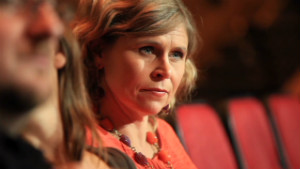 How Cirque du Soleil scouts talent
How Cirque du Soleil scouts talent"I learned very quickly that my biggest challenge was location of the store -- (Spanx were) put in the sleepiest corner. I realized, 'This is going to come here and leave if I don't personally intervene, even if I have to sell every pair myself.' And that's basically what I did."
Blakely often snuck Spanx products relegated to the back of department stores closer to checkout, and spent nights stuffing shipping orders into padded envelopes. All while continuing her day job.
In 2000, just two years after launching the first rear-shaping prototype, Oprah Winfrey named Spanx her favorite product of the year. Blakely says was getting her hair highlighted when Oprah's studio called. She remembers jumping out of the chair and running out of the salon with all the foils still in her hair "having a full-blown happy attack -- dancing, cheering and clapping."
The unexpected publicity catapulted her to international acclaim. By 2012, she was listed as one of
Time magazine's 100 most influential people.
Fast forward to today and Blakely who is now mother to 3-year-old son, Lazer, says she balances her hectic work schedule with family life by "prioritizing, delegating and letting go."
The biggest risk in life is not risking. Every risk you take in life is in direct proportion to the reward
Sara Blakely
Her motto is: "What if the Hokey Pokey really is what it's all about?" It's painted on a wall in all her homes and she says it reminds her to take life less seriously. It also helps her overcome extreme fears like flying --- one she faces regularly as she shuttles between her base in Atlanta and New York where her husband lives.
She says: "The biggest risk in life is not risking. Every risk you take in life is in direct proportion to the reward. If I'm afraid of something, it's the next thing I have to go do. That's just the way I've been."
Now, her main professional focus is "world butt domination through Spanx or
Assets" (a cheaper line). Already, over six million women wear the Spanx Power Panty, according to the company. She's also continuing to create new products --"the competition is watching us so closely" -- while dedicating resources to empowering women. The Sara Blakely Foundation has donated over $20 million to charity.
Blakely owns 100% of the business and says she has no plans to take the company public in the near future. Instead, she'd rather spend resources developing a product to fill another gap in the market.
"Before I retire, I want to make a comfortable high heel. I don't subscribe to the beauty is pain philosophy."
It might sound like a tall order, but for the Florida girl with no formal business qualifications who now shapes rears internationally, it might not be impossible.
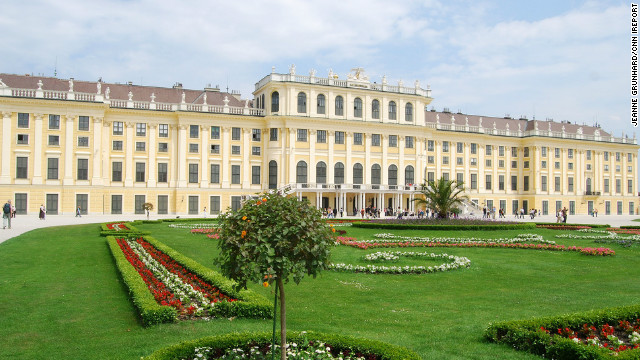
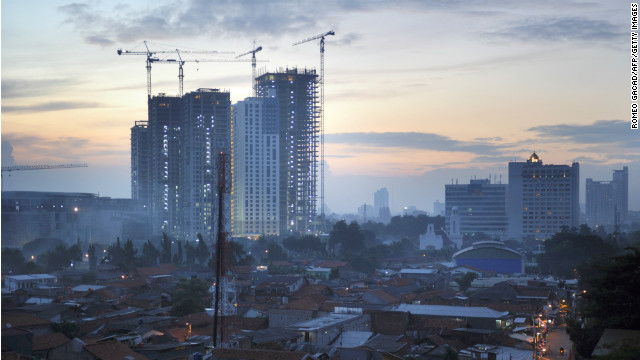
 Sara Blakley is the creator of "body-shaping" underwear company Spanx. She turned a $5,000 start-up into into a multi-million dollar business -- becoming, according to Forbes, America's youngest self-made female billionaire in the process.
Sara Blakley is the creator of "body-shaping" underwear company Spanx. She turned a $5,000 start-up into into a multi-million dollar business -- becoming, according to Forbes, America's youngest self-made female billionaire in the process.


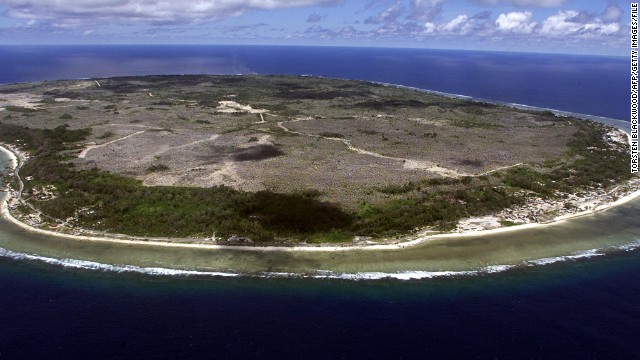
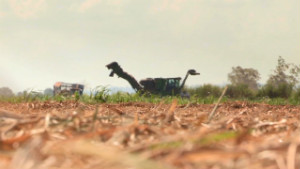
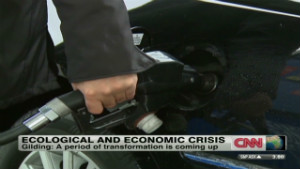
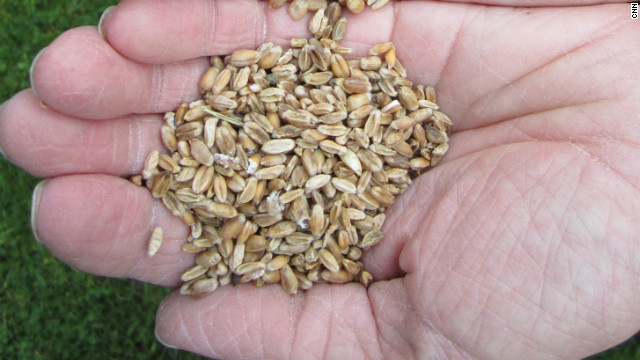 The UK's wettest summer in a century resulted in low yields and poor quality grain. Elsewhere the U.S. MidWest suffered a drought.
The UK's wettest summer in a century resulted in low yields and poor quality grain. Elsewhere the U.S. MidWest suffered a drought.